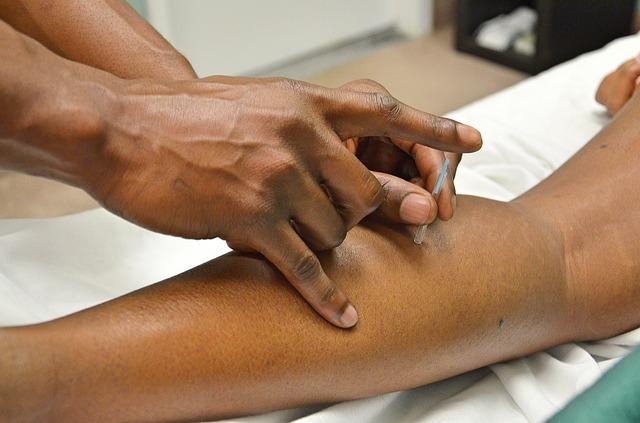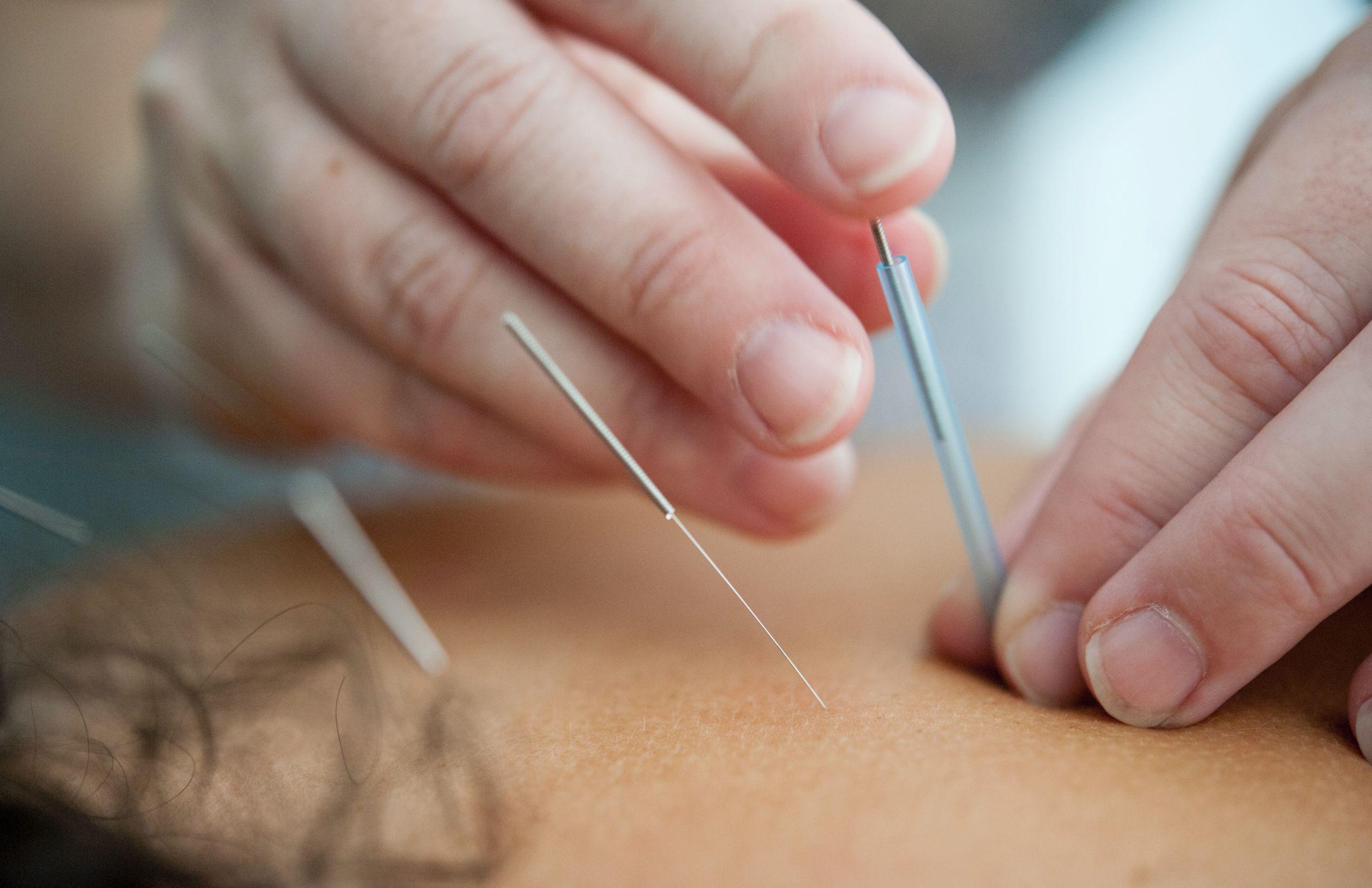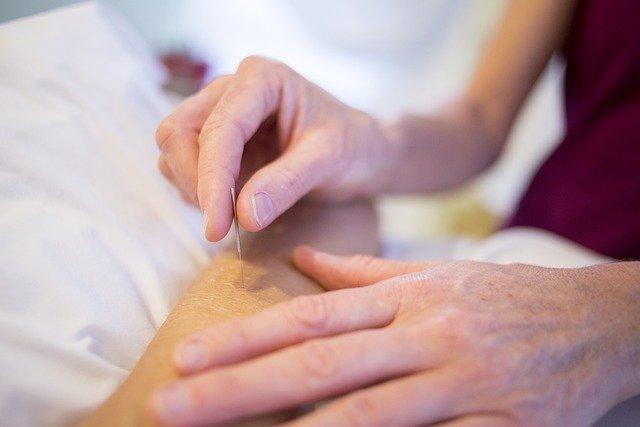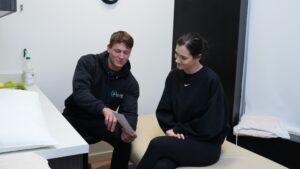Acupuncture is a traditional Chinese medical practice that has been used for thousands of years. It involves the use of very thin, sterile needles. They are inserted through the skin at specific acupuncture points on the body. People often seek out acupuncture to relieve chronic pain, but there are many other conditions that it can treat as well.
How does Acupuncture work?
The idea behind acupuncture is the harmonious balance of life-energy in the body – known as “qi.” There are many acupuncture points throughout the body which are connected by meridians, or pathways. Qi runs through these pathways and affects overall health. The disruption, or imbalance, of this energy balance is what is believed to cause illnesses. Acupuncture helps restore the balance of qi, therefore lowering the risk of diseases.
Needles are inserted at certain acupuncture points, depending on the area you are aiming to treat. These acupuncture points are believed to stimulate the nerves, muscles, and tissues. This stimulation increases blood flow to the area, and triggers the release of natural chemicals that help control pain.
The procedure
When the needle is inserted, you may feel slight discomfort or a dull ache. However, acupuncture is relatively painless for most people and the pain should subside quickly. The needles are very thin, thinner than medical needles. This makes the insertion less painful than a needle used to draw blood or for a shot.
The needles are left in place for up to 25 minutes. During this time, the needles may be manipulated after placement by the physiotherapist in order to strengthen the affected muscle. There is usually no discomfort when the needles are removed.
Following a session, everyone responds to the experience differently. After the treatment, people may feel relaxed and calm, while others may be lethargic and tired. Some people may feel the improvements right away, while others may require additional treatments before noticing any changes. The number of treatments will depend on the severity of the condition, but six to eight treatments is most common.
Benefits of acupuncture
Conditions that may be improved include the following:
- Inflammation
- Stress
- Lack of energy
- Headaches and migraines
- Allergies
- Low back pain
- Neck pain
- Nausea
- Menstrual cramps
Risks
Acupuncture is a relatively safe, low-risk treatment option. The risks are low as long as you are working with a qualified and properly trained acupuncturist. Additionally, they should be using sterile, single-use needles that are placed properly. Common side effects include soreness and minor bruising at the insertion sites, but the risk of infection is minimal. However, acupuncture is not for everyone, such as people with bleeding disorders or taking blood thinners.
Considerations and Conclusion
Despite being a low-risk and relatively painless treatment, acupuncture is not fully backed up by scientific research. Therefore, it is still important to take precautions.
It is important to speak with your physician about treatment options for your condition before seeking out an acupuncturist. It should not be treated as an alternative to visiting a doctor










